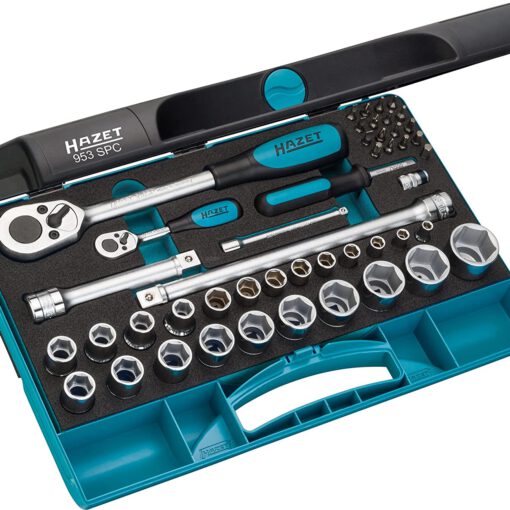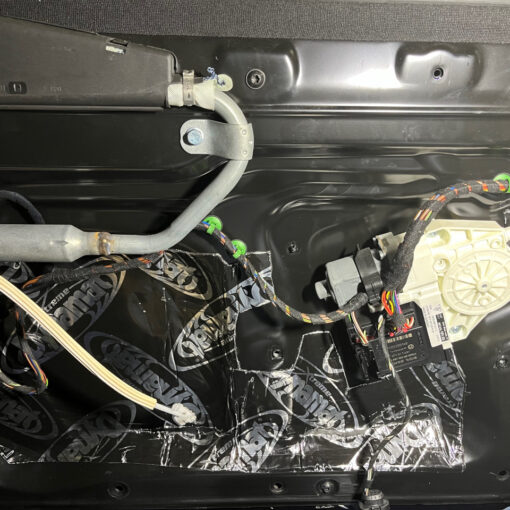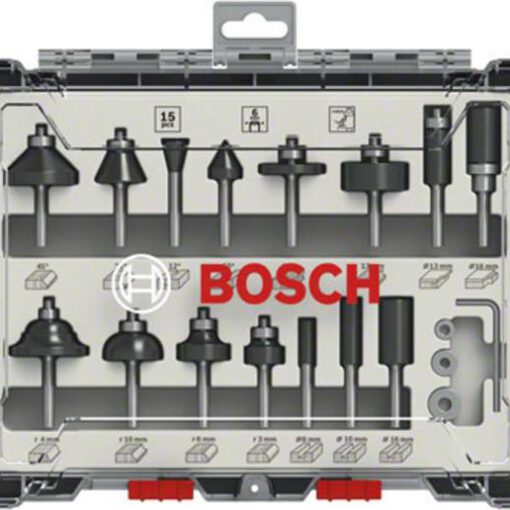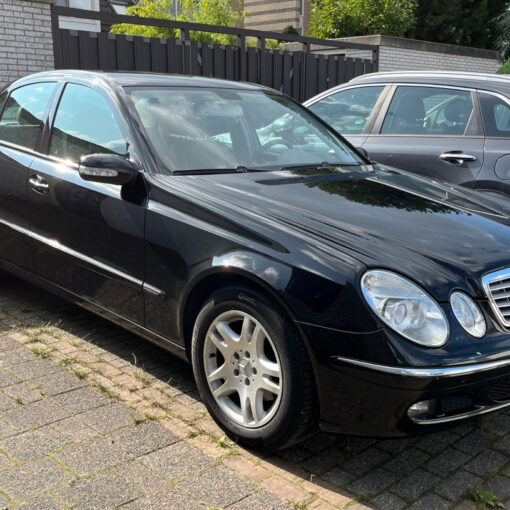I’ve recently leafed through Setting up a home car workshop again, and while I still think that it’s a good book, I once again noticed the bias towards fabricating things. This made me think about which tools are actually required for doing regular maintenance and the sort of repairs that a DIY mechanic would do on a car built within the last 30 years, i.e. not an oldtimer/classic car. These are the things that should be covered:
- Cleaning your car
- Changing engine oil and oil filter
- Changing air filters
- Replacing brake pads and discs
- Changing wheels
- Diagnosing things like faulty sensors and engine accessories and repairing/replacing them
Cleaning equipment
Car maintenance starts with cleaning. You’ll need at least two buckets, sponges or wash mittens, and microfibre cloths/towels. Regarding chemicals you’ll need shampoo, a window cleaner, a dash cleaner, and maybe something for cleaning leather. Clay and detailing spray helps with more stubborn spots. A pressure washer can come in handy and can be useful around the house, too.
OBD2 reader
Let’s be honest, working on a relatively modern car is nigh impossible without being able to read and clear diagnostic codes. All cars from the mid to late 1990s have an OBD2 interface.I’ve got an iCarsoft CR Pro+, but there are many other (also cheaper) options out there. I’d rather spend some more money here than on a very extensive tool cart.
Tools for basic maintenance
Speaking of tool carts: While it’s tempting to buy one of those large tool carts you might see on YouTube or TV, the fact is that these contain much more than you’ll ever need. They also aren’t very mobile, and hence not a good option if you want to be able to take along a small tool kit on vacation or to a track day. Instead I would recommend building a modular kit consisting of the following:
- A socket set. There are basically two options to cover the common sizes: A 3/8″ set or a combined 1/4″ – 1/2″ set. If you plan on getting a cordless ratchet, the former makes more sense. If you expect to regularly need larger socket sizes, the latter option might be better. Make sure that the socket set also contains the common Allen and Torx sizes.
- A set of open/ring wrenches/spanners. These are still one of the most common tools used, especially in tighter spaces or for longer threads.
- A set of ratcheting spanners. These are more expensive than the non-ratcheting variant, but can be extremely useful in tight places. Stick to the common sizes, like 13/15/17mm for European cars, if you don’t want to spend too much.
- A set of screwdrivers like this Wera set.
- A set of pliers consisting at least of combination pliers, needle nose pliers, side cutters, and water pump pliers.
Which brand to get is a complex subject. I wouldn’t overspend, but skip the really cheap Chinese stuff. I’m generally a fan of the more mid-range stuff like Kraftwerk, Gedore Red, and Wera. In case of ratchets, it can make sense to spend a bit more. There are many YouTube videos comparing different brands.
For fluid changes you’ll want an oil filter wrench, an oil drain pan, and funnels.
Good torque wrenches are quite expensive. For basic maintenance and wheel changes, a cheaper 1/2″ torque wrench in the 40-200Nm range should be sufficient. If you plan on doing more engine work like changing head gaskets, you’ll want to invest in a more accurate torque wrench in the proper torque range.
Jack, jack stands, ramps
One of the most common maintenance tasks is changing wheels. I’ve written a separate post on the subject. I recommend investing in a decent hydraulic jack. Jack stands are a necessity if you ever want to do work under the car, which starts with changing engine oil. Ramps are an alternative, but either take up a lot of space and are heavy (in the case of metal ones) or expensive (in the case of Race Ramps). Ramps are also unsuitable for jobs where the wheels need to come off, such as brake and suspension work.
The most luxurious and desirable version is a lift. If you have the money and the space (including sufficient roof height) by all means go for it, as it makes many jobs so much easier.
Power tools
To be honest, power tools are not a real requirement for the most maintenance and repair job that you’re going to tackle yourself. A possible exception is suspension work, where a powerful impact wrench can make your life much easier.
If you’ve got the money to spare, the two things that offer the most benefit would probably be a cordless ratchet and an impact wrench with sufficient power to do wheel changes (at least in the 300Nm/250 ft/lbs range). What to get depends on whether you’re already invested into a cordless power tool platform. In my case it’s Makita’s LXT 18V platform (which also has garden and woordworking tools), but if I were looking for something purely for automotive work, I’d take a serious look at Milwaukee’s M12 platform with its compact impact wrenches and ratchets. An impact wrench will also require impact-rated sockets.
Other useful power tools are an electric air pump, a drill (which can also hold wire brushes), an angle grinder, and a random orbit sander. The latter can be used not only for sanding when doing body work, but also for polishing paint.
The necessity for air tools has mostly been eliminated by cordless power tools. A notable exception are bead blasters and paint guns. If that’s something you expect to need regularly, investing in a good compressor might be worth it. But this is outside of the scope of what I would consider regular maintenance and repairs.
Specialist tools
In this category are tools that are manufacturer-specific or used for only a single job. A brake bleeder can be handy for bleeding brakes, but be careful with brake jobs. Many modern cars also need the proper diagnostic equipment to properly bleed the brake system. Suspension works needs things like pullers and bearing extractors. More complicated engine work might require car-specific tools, e.g. for locking the engine at a certain position when working on the valvetrain. Sometimes these can be rented, or you can get cheaper versions of the expensive (or inaccessible) OEM versions.




